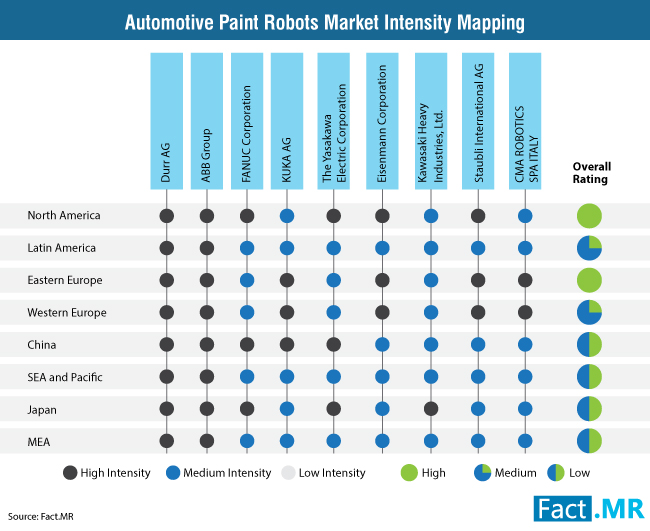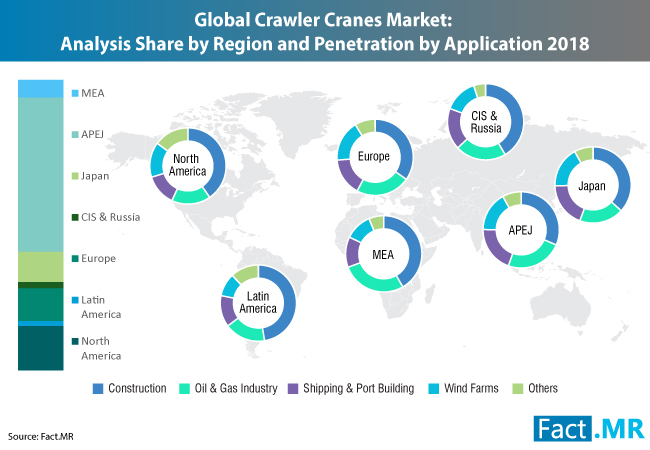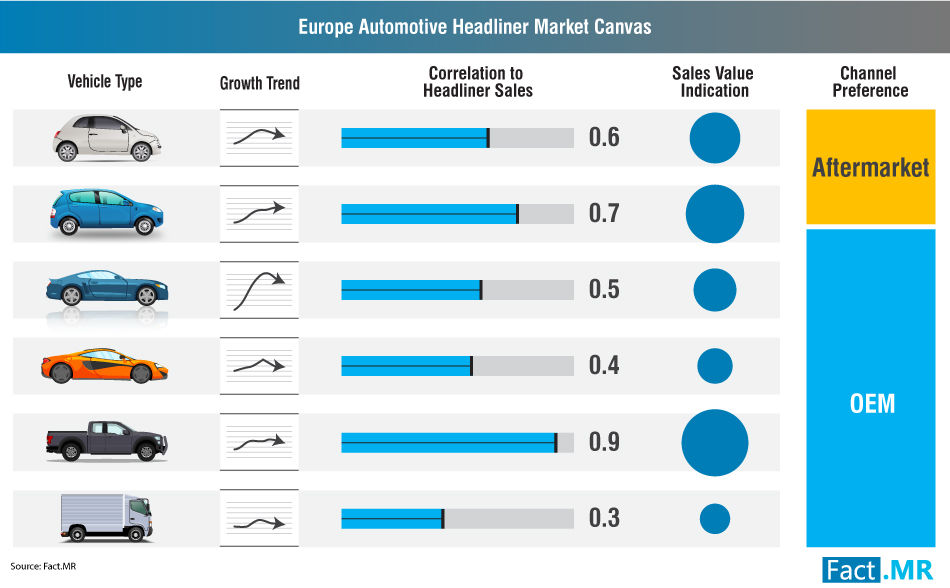DUBLIN 2, Ireland, 08-Nov-2018 — /EPR INDUSTRIAL NEWS — Robotics in the automotive industry has been acclaimed as the impetus behind driving optimization and rethinking of production and process through innovative measures. Prospect of artificial intelligence is promising, with the ability to eliminate various inefficiencies in the automotive manufacturing, ranging from design and planning to maintenance and sales.
Robots have become increasingly palpable in supporting repetitive operations of car manufacturers, with the consensus that the robotics process automation (RPA) has translated into a proven technology, providing tangible benefits to automakers who deploy it. As in case of most technologies, with time, expenses linked with implementation and maintenance of RPA have diminished sharply – gaining significance as a manufacturing efficacy and capability enhancing option among small and large businesses alike.
A sample of the report is available upon request https://www.factmr.com/report/2232/automotive-paint-robots-market
Automotive paint robots are already a standard practice in the industry, wherein robotic arms spray bodywork – depriving the need for proficient manual painters and providing a more even, faster, and smoother finish. Automotive paint robot sales worldwide are foreseen to bring in revenues nearly US$ 700 Mn in 2018, recording a Y-o-Y growth of approximately 8%. Automotive paint robots have evolved over the years to become faster, lighter, and integrated with several activators and sensors.
Collaborative Robots to Steer Future Trajectory of Automotive Industry
Automotive industry continues to remain one of the largest and quickest adopters of the industrial robotics technology. Carmakers have huge plans for next-generation development of their factories, with smarter designs, collaborative robots and artificial intelligence emerging as secret ingredients to the flexible manufacturing – humans. For example – GM’s plant in Shanghai will soon produce electric vehicles with the aid of machines that work quietly in self-directed harmony.
Collaborative robots, or “cobots,†unrestrained by steel cages are being programmed in GM’s plant for working abreast humans on production lines – one unusual operation being handling installation of gears in transmissions. Automakers worldwide are embracing industry 4.0 and the concord alludes lesser intervention of humans. Focus is currently on improving efficiency and flexibility between humans and machines, while automakers concentrate on development of multiple models that are powered by electric motors or gas engines or both.
Approaches toward using collaborative robots and relevant digital tools will determine future layout and size of automotive manufacturing facilities. Ford Motor Co.’s future vision for electric vehicle production alludes the requirement for lower investment, fewer workers, and relatively compact floor area. The company has installed few collaborative robots in its recently renovated truck plant at Louisville, Kentucky. Digital tools such as augmented reality and predictive analytics for mapping new assembly lines and scheduling maintenance & repairs prior to machine breakdowns are also being deployed by this leading automaker.
Reluctance to Enormous Infrastructure Investment and Scarce Skillset Undermine Permeation
Most artificial intelligence systems and robotics are witnessing slow rate of adoption among leading players. For instance, Ford Motor Co has been reluctant to investing more on dedicated electric vehicle manufacturing unless there is consistent and sufficient demand for justifying the expense. Even Tesla, which long acclaimed implementation of robots to translate into an “alien dreadnought,†recently concluded at the fact that human intervention is underrated and excessive automation could involve more technical glitches.
Request methodology of the report at https://www.factmr.com/connectus/sample?flag=RM&rep_id=2232
Automotive companies are partly cautious in huge infrastructural investment, sensing future production orders might fall in line with new vehicle sales in the next economic downturn. Manufacturers currently favor lower debt loads to rid huge loan payments in case of stagnant revenue generation in the down market.
Scarce skillset is a key challenge being addressed by the automotive industry when it comes to RPA-driven plants. This can be attributed partly to Millennials’ distaste for manufacturing work as robots steadily replace humans against the backdrop of pressures on automakers to reduce the overall vehicle cost.
The report is available for direct purchase at https://www.factmr.com/checkout/2232/S
SOURCE: EuropaWire



